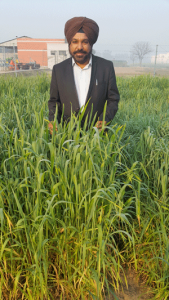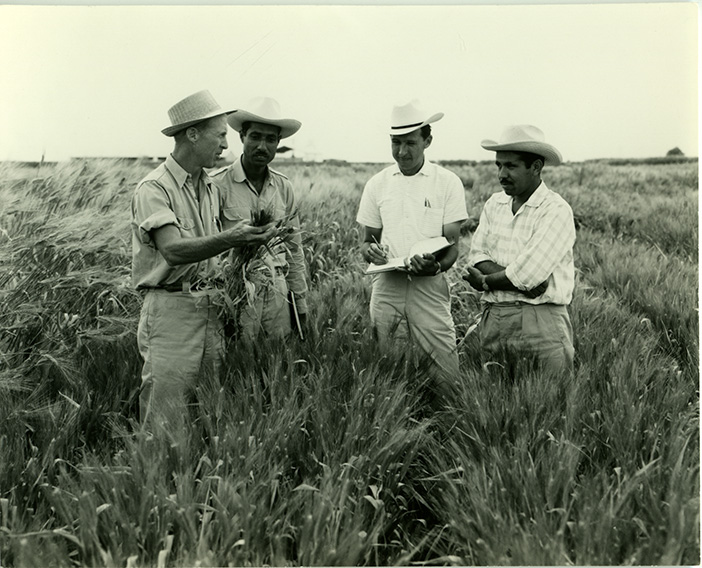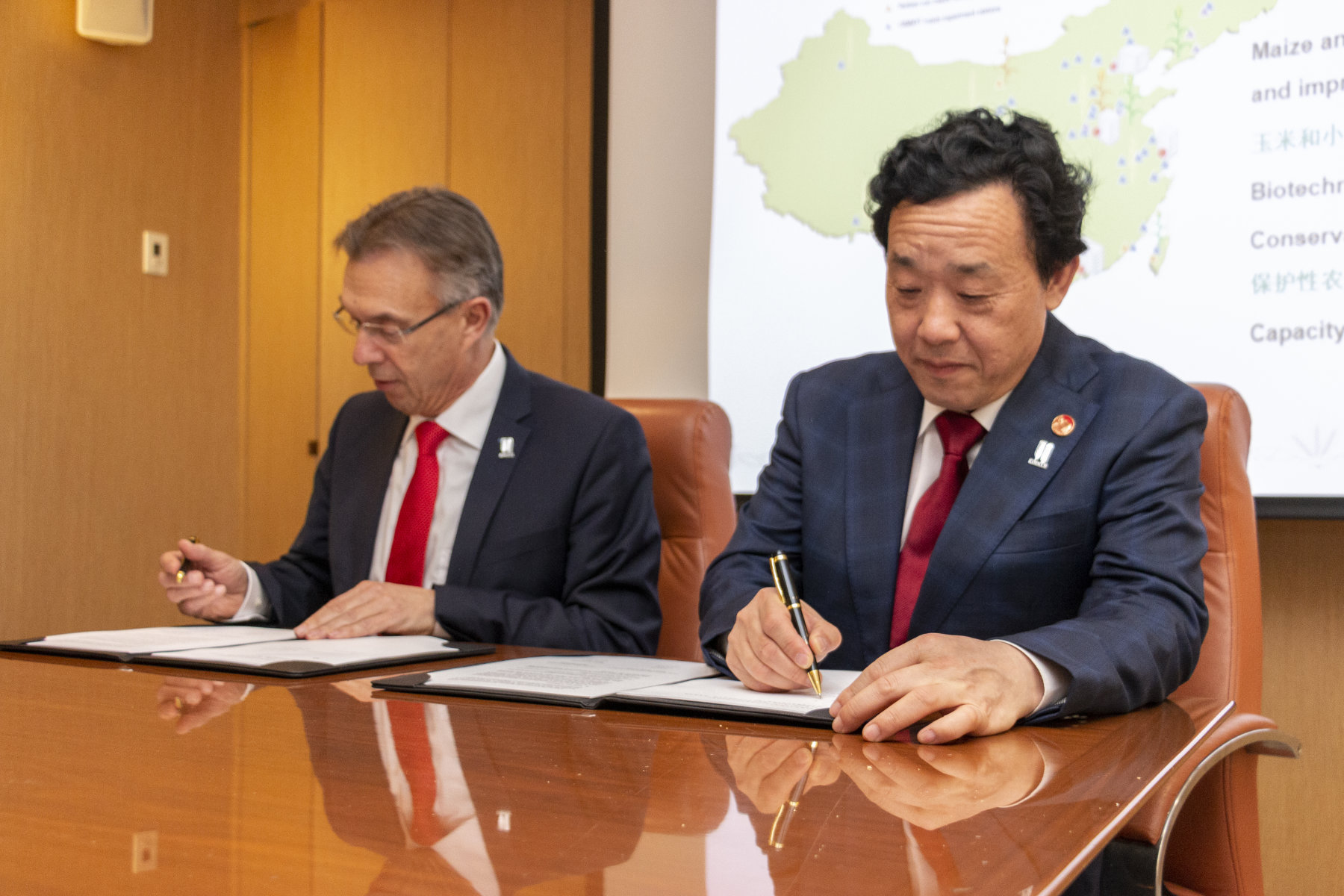
FOR IMMEDIATE RELEASE
Findings can help to boost wheat’s climate resilience worldwide
For the first time ever, a research team from China, India, Mexico, Uruguay, and the USA has genetically characterized a collection of 8,400 centuries-old Mexican wheat landraces adapted to varied and sometimes extreme conditions, offering a treasure trove of potential genes to combat wheat’s climate-vulnerability.
Published today in Nature Scientific Reports and led by scientists from the Mexico-based International Maize and Wheat Improvement Center (CIMMYT), the study details critical genetic information about Mexican landraces for use in breeding to boost global wheat productivity.
This is essential, given the well-documented climate effects that imperil key wheat-growing areas, according to Sukhwinder Singh, CIMMYT wheat scientist and co-author of the report.
“The landraces, known as Creole wheats, were brought to Mexico as early as the 16th Century,” said Singh, who also credited the study to MasAgro, a long-term rural development project between Mexico and CIMMYT. “Wheat is not native to Mexico, but this gave the Creoles time to toughen in zones where late-season temperatures can hit highs of 40 degrees Centigrade (104 degrees Fahrenheit).”
Heat can wreak havoc with wheat’s ability to produce plump, well-filled grains. Research has shown that wheat yields plummet 6 percent for each 1-degree-Centigrade rise in temperature, and that warming is already holding back yield gains in wheat-growing mega-regions such as South Asia, home to more than 300 million undernourished people and whose inhabitants consume over 100 million tons of wheat each year.
“Typically, massive seed collections constitute ‘black boxes’ that scientists have long believed to harbor useful diversity but whose treasures have remained frustratingly inaccessible,” Singh explained. “New technology is helping to change that. As part of MasAgro’s ‘Seeds of Discovery Component,’ the team used the latest genotyping-by-sequencing technology and created unique sets of the landrace collections that together capture nearly 90 percent of the rare gene variants, known as ‘alleles.’ ”
According to Kevin Pixley, director of CIMMYT’s genetic resources program and an expert crop breeder, wheat scientists will be able to home in on groups of landraces from regions with conditions similar to those they presently target or will target in coming decades. “The next step is for breeders to identify seed samples and genes for their programs; say, alleles common to a set of landraces from a heat-stressed area, providing a valuable starting point to exploit this newly-revealed diversity.”
A pillar for global food security, wheat provides 20 percent of protein and calories consumed worldwide and up to 50% in developing countries. A 2015 World Bank report showed that, without action, climate change would likely spark higher agricultural prices and threaten food security in the world’s poorer regions.
For more information
Mike Listman, CIMMYT communications, email at m.listman@cgiar.org, mobile at +52 1 595 957 3490. Geneviève Renard, head of CIMMYT communications, email at g.renard@cgiar.org, mobile at +52 1 595 114 9880.
About CIMMYT
The International Maize and Wheat Improvement Center (CIMMYT), is the global leader in research for development in wheat and maize and wheat- and maize-based farming systems. From its headquarters in Mexico and 14 global offices, CIMMYT works throughout the developing world with hundreds of partners to sustainably increase the productivity of maize and wheat systems, thus contributing to better food security and livelihoods. CIMMYT is a member of the 15-member CGIAR Consortium and leads the CGIAR Research Programs on Wheat and Maize. CIMMYT receives support from national governments, foundations, development banks and other public and private agencies.

 Nutrition, health and food security
Nutrition, health and food security 